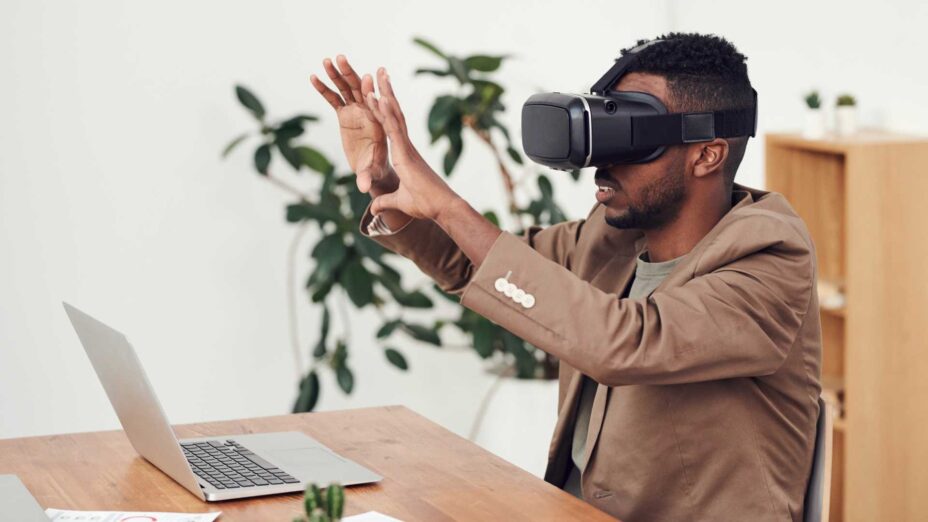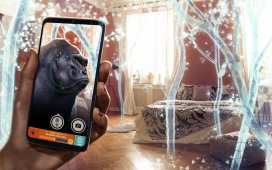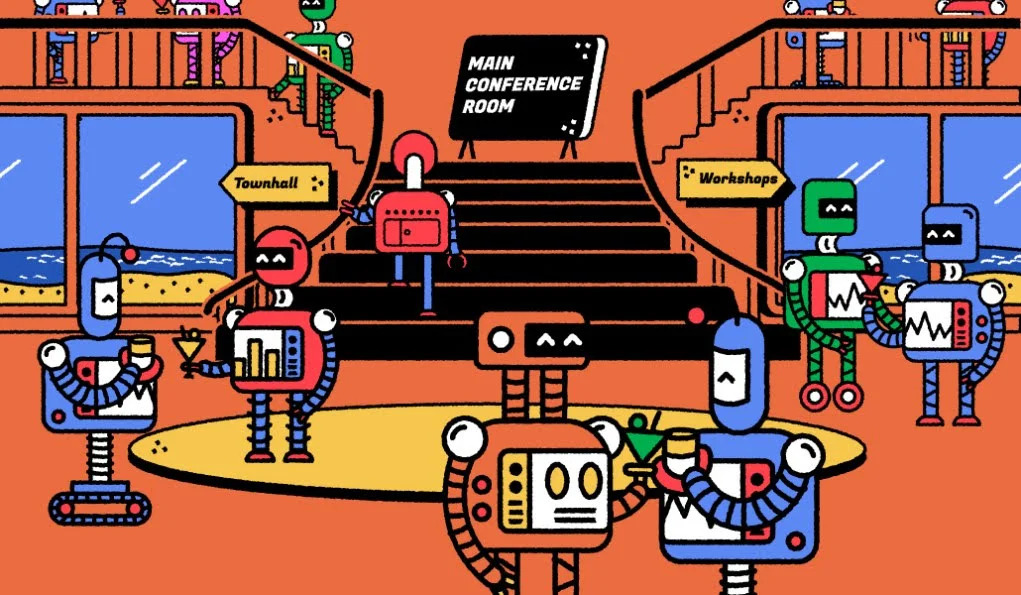As immersive technologies are increasingly being used in learning applications, both in the corporate and academic sectors, it’s becoming obvious that virtual reality (VR), a three-dimensional, computer-generated environment with which a person can explore and interact, has become a popular way to deliver immersive learning and development (L&D) programs — and for good reason. “VR can place learners within a lifelike context, get them to focus on tasks and provide a multi-dimensional learning experience where all the senses are truly engaged,” explains Tanya MacDonald of the VR development team at eCom Scotland, a digital learning and assessment provider. “It reduces ‘real world’ distractions and, so, [it] helps learners focus on their learning.’”
VR is ideal for immersive training applications where there’s a benefit in the learner being within a particular context, such as in high-stakes health and safety training scenarios. David Patterson, of the UK-based independent L&D analyst firm Learning Light, says, “VR isn’t new, but only in the last five years or so has VR become ‘mainstream’ within L&D.” With VR, L&D can bring a “wow” factor to training. However, many L&D professionals are still cautious about adopting immersive learning programs and simulations, often believing they will be a hard sell to their organization’s decision makers, Patterson says. He believes this view is outdated because:
- The hardware now works well.
- The growing VR market is increasing innovation and driving down prices.
- Many eLearning developers and instructional designers are now skilled in building VR learning materials.
- VR-based learning can now be tracked via experience API (xAPI), so learning and performance metrics can be better captured.
“As with any investment, you want returns to outweigh the original cost”, says eCom’s Tanya MacDonald. “In terms of scalability, adaptability and reuse of the training content, VR learning and assessment [tools] are easy to roll out to learners, no matter their location or which deployment option you use.” Studies show that VR is effective at helping learners retain information because they are engaging with realistic, immersive scenarios. Moreover, a fully immersive environment taps into all the learner’s senses, engaging emotions and the brain’s cognitive function — leading to the greater degree of knowledge retention associated with experiential learning. This should, in turn, save money on training by reducing the need for remedial training in the future. „VR is effective at helping learners retain information because they are engaging with realistic, immersive scenarios.“
“VR conveys both feedback and freedom to fail,” Patterson says. It has applications for the coaching and personal development market, and in the compliance field, adding a reality beyond video and turning passive learning experiences into an active ones. While eLearning is still often used to deliver compliance training, VR has the capacity and capability to transform how compliance training is delivered.
“We’re seeing a growing demand for VR’s use in assessments,” says eCom Scotland’s chief executive officer Linda Steedman. “Indeed, VR offers new ways to measure an individual’s reaction, as well as performance and skill level.”
Using VR in training assessments is particularly useful in three scenarios, including:
- Risky Situations
VR can create a safe space that enables authentic, measurable assessments and provides learners with an authentic training experience. Assessors obtain an accurate representation of how a learner would perform in a real environment without taking any major risks.
- Onboarding New Hires
VR provides a controlled and consistent environment in which to give new hires an accurate representation of what their role entails. VR can help you orient new hires to both their new role and organization. It can also help train them quickly, efficiently and enjoyably without exposing them to real-time systems where mistakes could be dangerous and/or expensive.
Beyond training learners on how to use relevant equipment, machinery or tools, and on various scenarios they may face on the job, VR can be used for foundational onboarding. This includes a virtual tour of the work environment, meeting their new team and engaging in games that help them learn about the business. This not only increases the learner’s excitement for, and engagement with, their new role but also builds their confidence.
- Location
Using VR removes the need to carry out assessments in actual, physical locations. Learners can be tested and assessed wherever the they are. This eliminates travel and subsistence costs, decreases time away from the job and time spent on travel, and removes safety concerns. Consequently, VR assessments are more accessible to a wider demographic of learners and give a more accurate picture of their skills by placing them in an accurate, if virtual, environment.
With VR, Steedman says, “You can measure your team’s ability, identify strengths and weaknesses, [and] accelerate skills growth.” In doing so, you can assess your learners’ ability to apply what they have learned in an authentic, safe and accurate way. „VR can create a safe space that enables authentic, measurable assessments.“
Quelle:




